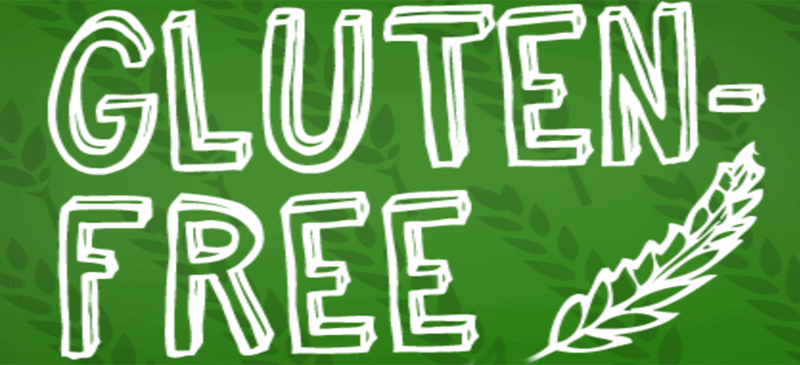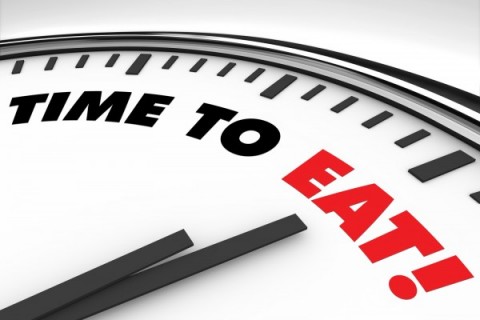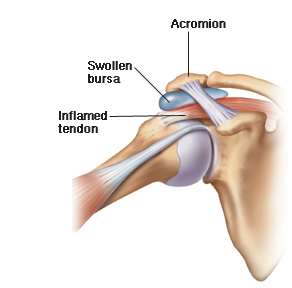
To gluten free or not to gluten free? That is the question!
May 11, 2015
What is Intermittent Fasting and is it healthy?
August 26, 2015Shoulder impingement is a commonly seen shoulder injury here at DISC. Shoulder impingement occurs when the tendons, ligaments or bursa (fluid filled sack preventing friction) become impinged (pinched) between the bones of the shoulder.
When these structures become pinched they can cause several different issues within the shoulders soft tissue structures irritating either the shoulder capsule, the rotator cuff tendons or bursa, once irritated they then become painful.
Biomechanics of the shoulder:
Our shoulder is made up of three main bony components – humerus (upper arm bone), scapula (shoulder blade), clavicle (collar bone) and four rotator cuff muscles – supraspinatus, infraspinatus, subscapularis and teres minor.
We also have several bursae within the shoulder, the main one being the subacromial bursa. Once irritated it can cause bursitis, an inflammation and swelling of the subacromial bursa, which we call this subacromial impingement.
Where the shoulder blade and the humerus meet is known as the shoulder capsule (glenoid labrum), within these structures is a ligament (glenoid ligament) that helps to deepen the shoulder socket and stabilise the internal structure of the shoulder; this area can become stiff and be pinched between the humerus and shoulder blade causing posterior internal impingement, this is mainly seen in throwing and overhead sports.

Our rotator cuff are a group of muscles and tendons attaching the humerus to the scapula. When we talk about the rotator cuff we are actually describing several muscles, all of which rely on each other when it comes to creating optimal shoulder movement.
When the rotator cuff follow the path of least resistance(become lazy) we can see a whole array of shoulder injuries. Shoulder impingement is the main cause of several different potential injuries, such as rotator cuff tear, rotator cuff tendinitis, frozen shoulder and our main one: rotator cuff impingement.
So why does our body, that should inherently be so smart, take the path of least resistance? Even though it may choose incorrect biomechanics, the body tends to choose the least effort or energy to do a specific task
When it comes to a shoulder girdle movement, such as flexion (raising arm straight up overhead), we should utilise all our rotator cuff muscles in a combined sequential order; sometimes, some stronger muscles over compensate the weaker muscles due to postural distortions (and it takes less energy consumption to use these dominant muscles) and the movement pattern shifts to a faulty one!
When shoulder pain occurs, we compensate by evading the pain and utilising pain gait;this is when we subconsciously avoid the pain and our movement pattern changes to accommodate and prevent further pain. Prolonged pain gait or path of least resistance will create a bad movement within the shoulder and can potentially create pain in other areas down the kinetic chain!
So what shoulder we do about shoulder pain?
Firstly it needs to be diagnosed to determine the correct treatment modality. As discussed there are many different components to the shoulder, each resulting from a different injury mechanism and having a different pain presentation.
Once pain occurs then we automatically change our movement patterns, sometimes this can hide the pain for a while or can create pain in other areas of the body. Therefore it makes sense to get this professionally assessed to ensure it’s not creating any long term issue.
We at DISC tend to start with pain management then reprogram the movement pattern to prevent any further injuries to the body.
When it comes to rotator cuff impingement or even subacromial impingement we tend to see a bad movement pattern within the shoulder girdle, resulting in the humeral head compressing the structures beneath the acromion process. This in turn leads to reduced strength in the shoulder and can make us activate our neck muscles more aiding shoulder strength and possibly hiding the shoulder pain which can then lead to neck pain.
There are many different modalities and orthopedic tests to determine the source of shoulder pain, which will then be treated and reassessed to ensure you are pain free, but this is not where you should stop! A patient then needs rehabilitation, mobility and strength work to help reprogram correct movement patterns to ensure the pain stays away and also doesn’t create any further complications in different
areas ofthe body. This is known as prehabilitation and is key to keeping a healthy and happy body allowing us to exercise pain free.
Our advice is to maintain regular prehabilitation exercises or even preventative therapy care if you lead an active lifestyle, it’s always easier to stay injury free this way and allows you to do what you enjoy doing, rather than becoming injured and having to take time out from training, which nobody wants to do!

